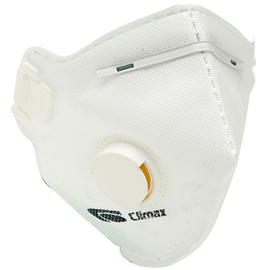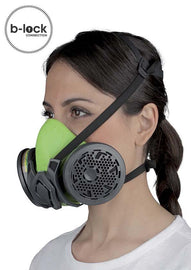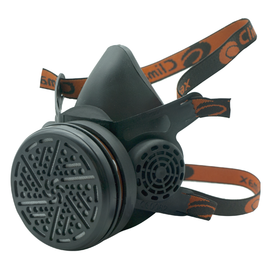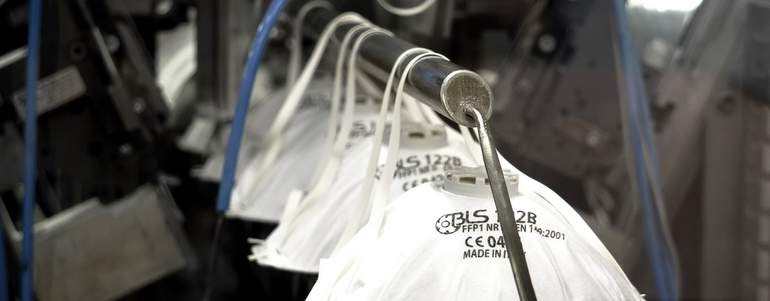The disposable mask is the lightest respirator on the market. These filter masks are designed to protect against harmful gases, vapours, particles/particulates, fumes, dust, mist and Coronavirus (COVID-19) and are a form of Personal Protective Equipment (PPE). They generally come in either a folded style or cup-shaped style and can either be used for one shift only or reusable, depending on the model. The protection offered, depends on the respirators classification, FFP3, FFP2, or FFP1 and in turn allows it to be used in a number of industries and applications, such as Construction, Automotive, Oil & Gas, Pharmaceutical, Welding, Drilling, Agriculture, Woodworking, Chemical Processing/Handling, Manufacturing, Spray Painting, DIY, Medical and Dental. Our range is manufactured by brands such as 3M, BLS, Climax and DeltaPlus.
Types of protection:
There are three main types of disposable respirators, FFP3, FFP2 and FFP1, each offering different levels of respiratory protection. FFP3 masks offer the highest level of protection and FFP1 masks offer the lowest. The European standard for these masks is EN 149:2001 + A1:2009. The respirators are tested in a variety of ways and must reach minimum levels in all fields to reach a certain classification.
This is how they rank in some areas:
Nominal Protection Factor (NPF)
- FFP3 – 50
- FFP2 – 12
- FFP1 – 4
Maximum Filter Penetration:
- FFP3 – 1%
- FFP2 – 6%
- FFP1 – 20%
Maximum Total Inward Leakage:
- FFP3 – 2%
- FFP2 – 8%
- FFP1 – 22%
Maintenance:
To maintain the safety and integrity of a disposable face mask, a couple of steps must be taken before usage. The Respiratory Protective Equipment (RPE) should be inspected for any damaged parts and if found, should be disposed of and replaced. After usage, it should be immediately disposed of, in a safe manner.
Face Fitting:
Before a disposable filter face mask is used, it is important to make sure it is correctly fitted, otherwise, its effectiveness may be compromised. A user should not enter a contaminated area with an incorrectly fitted mask. The wearer should mould the nose clip to fit their nose, thus creating a seal. They should then cover the front portion of the respirator and depending on the type of mask, exhale (unvalved) or inhale (valved) sharply. If air leaks, then the wearer should adjust it, depending on where the leak occurs. If from the around the nose area, then they should adjust the nose clip, if from the edges, then they should adjust the straps. As well as this, fit test kits should be used and are in fact apart of legislation in some countries.







